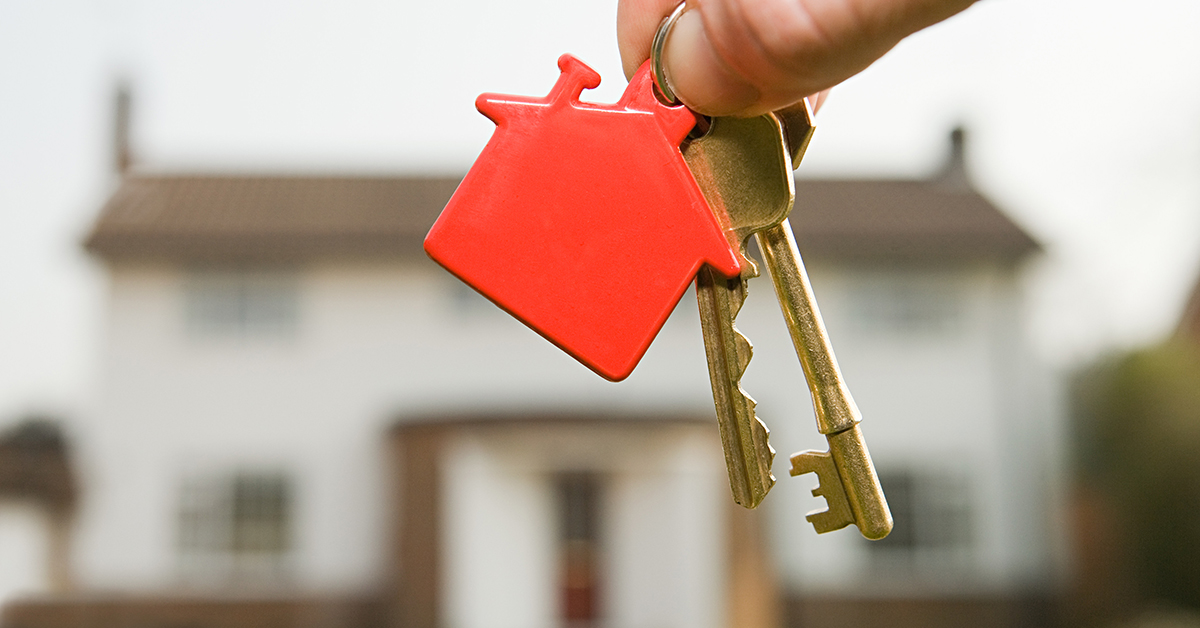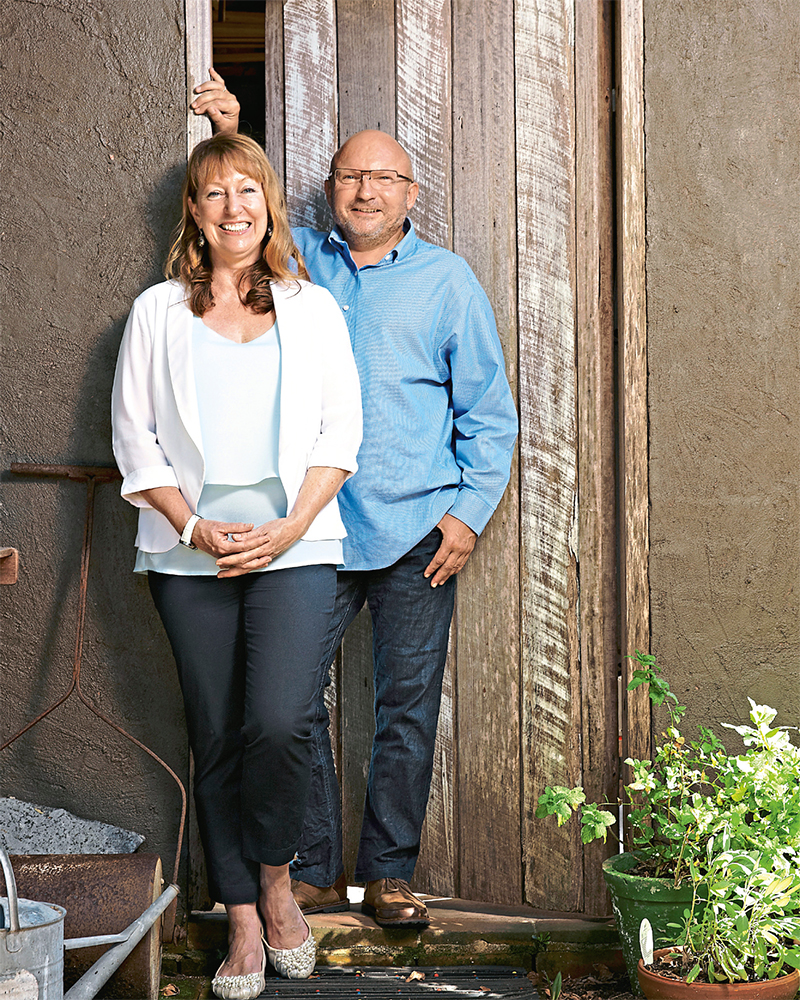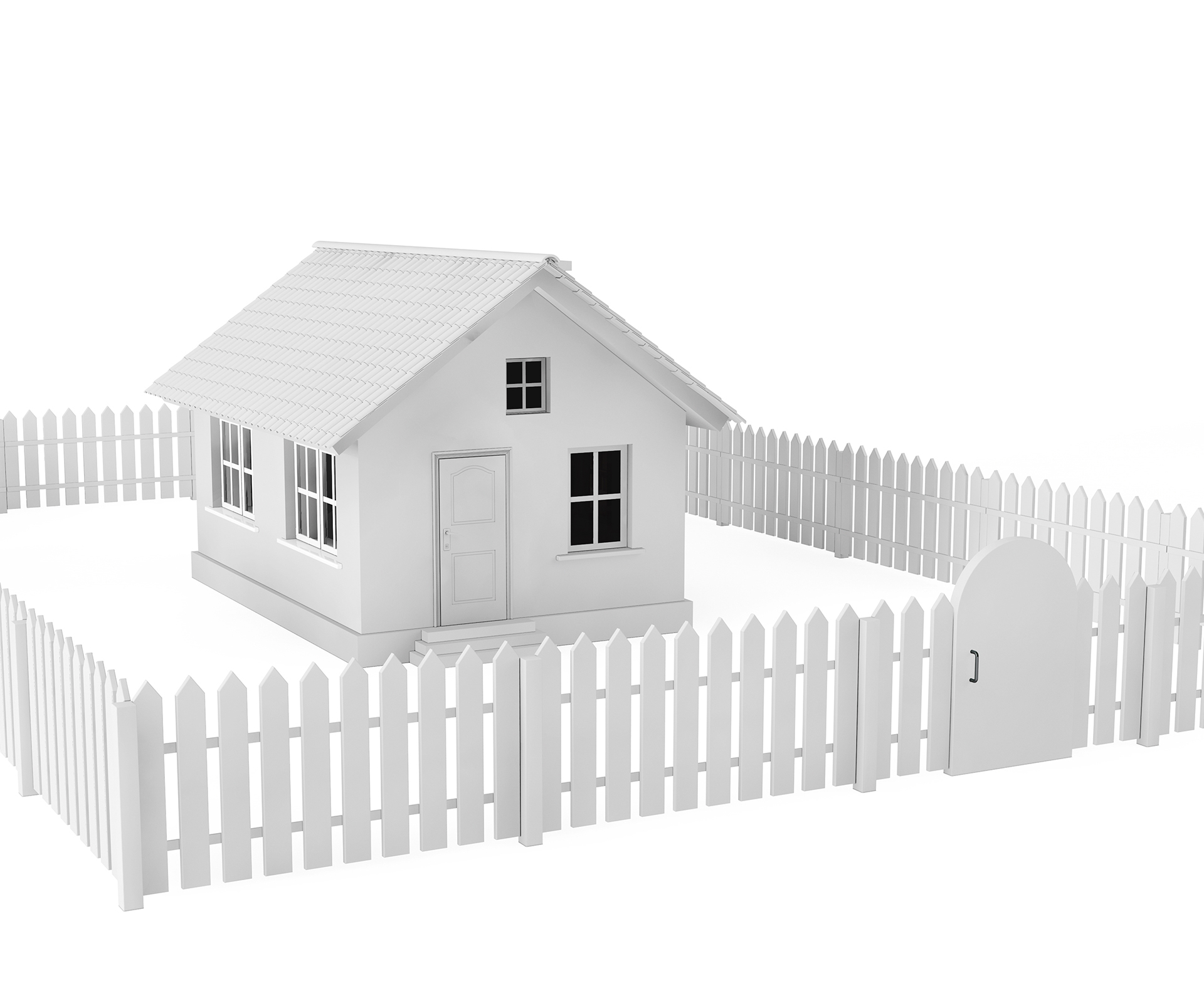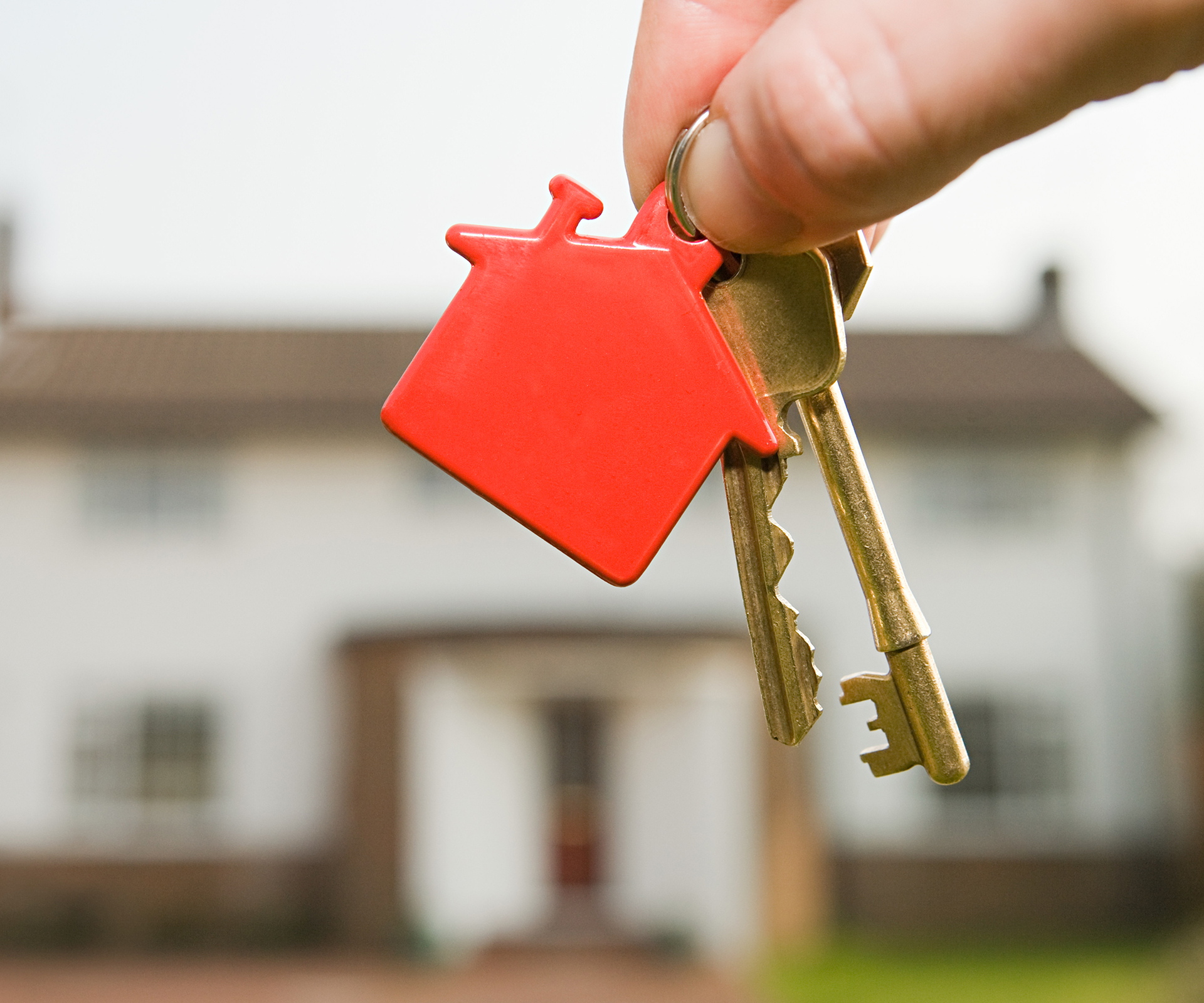Don’t let the name put you off – granny flats are not just a place for “granny” to stay. They can be a great source of regular income.
“In the Sydney metro area we have seen some amazing rental yields,” says Cid Daher, founder of Granny Flats Australia.
“As these granny flats are like small homes, a lot of tenants are moving out of apartments to get into a home that has a backyard. Our rentals range from $350 a week in the western areas to $850 a week on the northern beaches.” That could be an extra $44,000 a year.
Making extra cash from a granny flat won’t be for everyone, though. The rules about being able to rent them out vary depending on where you live. In NSW, the ACT and Western Australia, renting out a granny flat at the back of your home or investment property is fairly simple, but in other states things aren’t that straightforward.
In Tasmania and the Northern Territory, for example, there are restrictions such as having to share connections to essential services with the main house.
In Victoria, Queensland and South Australia, renting out a granny flat is generally not allowed but this may change.
So it pays to check with your local council before making any plans. The approval process and size requirements also differ from state to state, so this is another question you’ll need to ask. In NSW you can get approval in 14 days if you meet the minimum basic standards, says Cid.
These include a minimum block size of 450 square metres and at least a 12-metre frontage. The granny flat can’t be bigger than 60sqm.
In WA, approval is also required, but may be fast-tracked. The minimum block size is 450sqm and granny flats can be as big as 70sqm.
In the ACT, granny flats of up to 90sqm can be built on blocks that are at least 500sqm. Again, it’s best to check with your council.
The good news is it shouldn’t take too long before the granny flat is up and ready to make you extra cash.
“The whole process including design, approval and construction usually takes about three months to handover of keys,” says Cid. “It is one of the fastest ways of increasing your yield that I know about.”
There are plenty of specialist granny flat builders but, as with anything, it’s important to shop around and do your research. Cid suggests you look for the following:
Have they been in business building just granny flats for at least five years?
What is their record with the Department of Fair Trading?
Check with previous clients and visit some past projects.
Do they have home owner’s warranty? Some kit homes don’t have this cover.
Costs aren’t prohibitive. “A fullblown 60sqm granny flat costs between $100,000 and $115,000,” says Cid. That includes design and approval, construction and connection of all services. You may have to pay an additional fee to your local council.
In NSW there’s something called a “Section 94 contribution fee”, which ranges from $500 to $22,000.
If you earn $410 rent a week on a granny flat that cost $100,000 to build, that’s an annual yield of 21per cent, says Cid. Sure, you’ll have to pay tax on the rental income but you’ll still end up ahead. And it’s not all bad news on the tax front. There can be depreciation benefits of about $6000 a year, says Cid. Of course, before you do anything it’s important to make sure there will be demand in your area.
Talk to real estate agents for an idea of how hard or easy it will be to get tenants and how much you can expect to earn.
Another similar option, which may end up becoming more popular, are “Fonzie” flats. Named after the Happy Days character these are self-contained apartments above garages. If you have a garage it could be worth investigating, but the rules do differ depending on where you live.

TAX ISSUES
If the flat is rented out – to a granny or otherwise – the rental income from it will be taxable.
Normally, your main residence will be exempt from capital gains tax (CGT) when you dispose of it, but putting a granny flat on your property may mean that part of the profit on sale will become liable for CGT.
This will mean a CGT calculation will have to be done for the whole property, an apportionment done between the main residence and the granny flat and potentially, tax will be payable on the granny flat element.
The CGT would be based on how much space the granny flat takes up.
You would also need to consider how long the granny flat has been there. If you owned the property for 10 years but the granny flat was built only five years ago, you won’t pay CGT – you don’t need to worry about CGT on the first five years of such a property.
If granny really does live in the flat, you may be able to argue that the main residence exemption should cover the granny flat, too.

Boost for investment returns… Catherine and Zbigniew Madro.
Flats are not just for grannies
Catherine Madro and her husband Zbigniew have two granny flats – both are on the back of investment properties in Sydney.
“We’ve built granny flats as we believe they are a great way to increase the return on our investment properties, but I’ve also been really pleased with how happy the tenants are to live there,” says Catherine.
“Granny flats are such a great alternative to apartment living – they are more private and the designs really maximise space. We’ve also made sure they have a good outdoor area, which makes them feel bigger than the 60 square metres building limit.”
They use a professional to help find the tenants and manage the property. Catherine says finding tenants has been easy.
“As the granny flats are brand new and suit singles, couples and small families, we’ve had no problem renting them immediately.”
The granny flats, which were built by Granny Flats Australia, cost around $100,000 each to build, plus window coverings, fencing and landscaping, says Catherine. The couple did have to borrow the money to pay for this, but the rental income more than covers the repayments.
Catherine admits the fact that rates are at historical lows helps them pay off the granny flats more quickly. “Even at 8 per cent interest, we’d pay off the granny flats in just over five and a half years based on today’s rental return.”
If you are buying a property with the intention of building a granny flat on it, Catherine suggests you first get professionals to check the block.
“We bought our first site without Granny Flats Australia seeing it and there were some hurdles, which meant it took the best part of a year to build,” says Catherine. “For the second site we asked Granny Flats Australia to inspect it with us before we went ahead, just to be sure we could do a complying development. It was completed in 17 weeks from project start to being rented.”
A version of this article originally appeared in The Australian Women’s Weekly’s How Busy Women Get Rich 2014 issue.
You might also like a video of… Jennifer Hawkins Takes On ELLE’s Mystery Box Challenge


